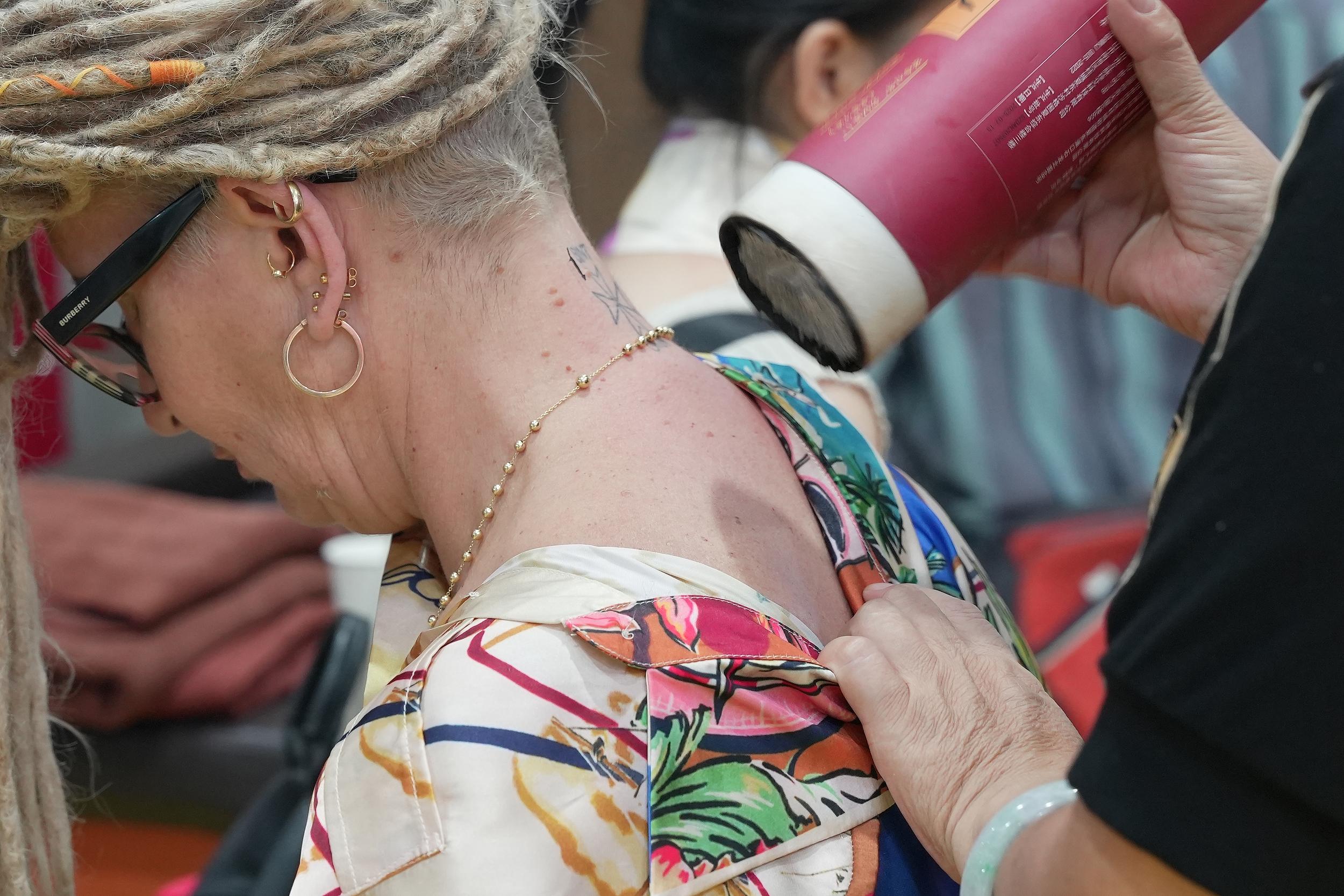TCM Restores Health Through Balanced Qi

Acupuncture and moxibustion are traditional Chinese medicine (TCM) practices commonly used in China, representing a healthcare system that has developed over millennia for disease prevention, diagnosis, and treatment. The principles of acupuncture and moxibustion suggest that the human body functions like a miniature universe linked through energy channels or meridians, and that by physically stimulating these channels, the practitioner can enhance the body's self-regulating abilities and restore health to the patient.
This stimulation includes inserting needles at specific points along these channels or using moxa or moxibustion, intended to bring back the body's equilibrium and both prevent and address illness.
In acupuncture, sterile stainless needles are inserted into the skin to deal with health issues, such as lower back pain and fatigue. The needles can be adjusted by hand or activated with minor electrical impulses.
TCM holds that the body's essential energy, known as qi, moves through designated pathways or meridians. When the qi is in harmony, the individual experiences spiritual, emotional, and physical well-being. However, when the qi is out of balance, illness can arise. Qi may be obstructed, leading to an imbalance between yin and yang — opposing but interconnected forces. Acupuncture is a method of restoring balance between yin and yang. Acupuncturists assert that the human body contains over 2,000 acupuncture points, interconnected via different meridians. Applying acupuncture to specific points along the meridians is thought to enhance the circulation of obstructed or stagnant qi.
Another key aspect of the stimulation is the use of moxibustion. Moxibustion is typically categorized into direct and indirect types, where burning moxa cones are directly placed on specific points on the body, or burning moxa sticks are held away from the skin to heat the targeted region. Moxa cones and sticks are created from dried leaves of mugwort.
Acupuncture and moxibustion are learned via spoken guidance and demonstrations, passed down through master-disciple relationships or by clan members. The skills of acupuncture and moxibustion are now also taught through official academic programs. In 2010, acupuncture and moxibustion from traditional Chinese medicine were included on UNESCO's Representative List of the Intangible Cultural Heritage of Humanity.






